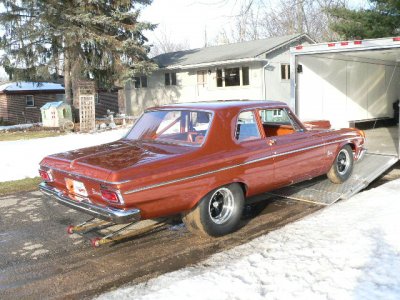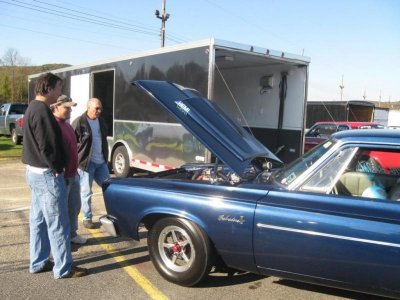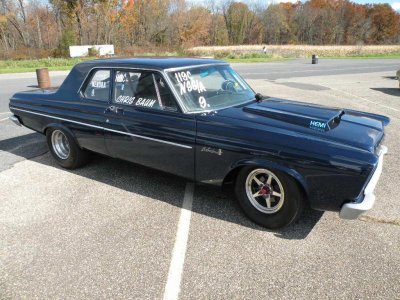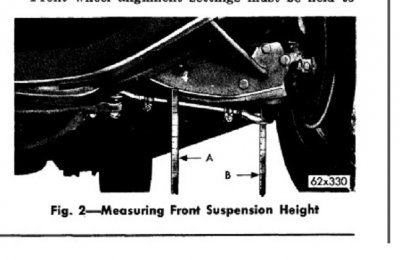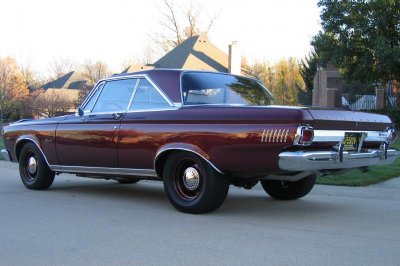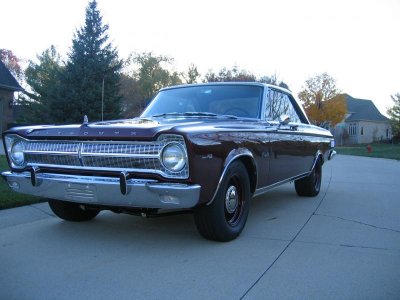Jnelson
Well-Known Member
I am getting ready to adjust the ride height in my 65 Belvedere. The manual says ride height 1 3/4" + or - 1/8".
View attachment 114842.
View attachment 114843
Is it 1 3/4" difference between those 2 points? Which one should be higher?
View attachment 114842.
View attachment 114843
Is it 1 3/4" difference between those 2 points? Which one should be higher?

